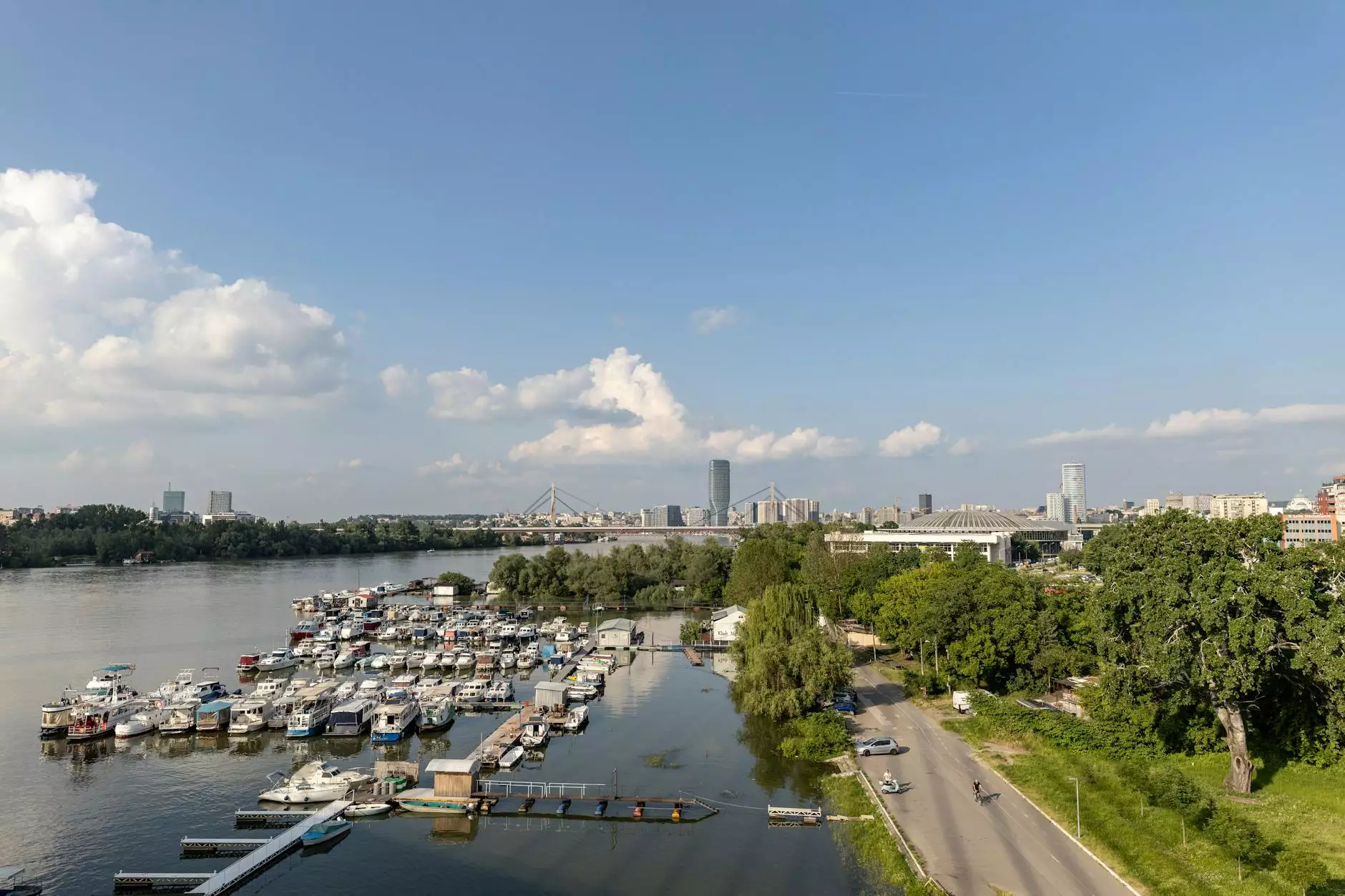Transformative Benefits of the Deep Plane Facelift

The world of cosmetic surgery has witnessed remarkable advancements over the years, and among these innovations, the Deep Plane Facelift stands out as a pioneering procedure that offers exceptional results. Unlike traditional facelift techniques, this approach enhances the facial structure significantly, providing a more youthful and rejuvenated appearance.
What is a Deep Plane Facelift?
The Deep Plane Facelift is an advanced surgical procedure that lifts the deeper layers of facial tissue. This technique targets not only the skin but also the underlying muscles and ligaments, which often sag with age. This holistic approach delivers a more natural-looking and longer-lasting result compared to conventional facelifts.
Why Choose a Deep Plane Facelift?
Individuals seeking facial rejuvenation often face a dilemma when choosing between various surgical options. Here’s why the Deep Plane Facelift is an exceptional choice:
- Comprehensive Rejuvenation: By addressing the deep tissues as well as the surface skin, this technique provides comprehensive rejuvenation.
- Natural Results: The deep plane elevation technique minimizes tension on the skin, resulting in smoother and more natural-looking results.
- Longer-Lasting Effects: With its focus on deep layers, the effects typically last longer than those of traditional procedures.
- Fewer Complications: This method is associated with a reduced risk of complications, such as hematoma or nerve damage.
How is the Procedure Performed?
The Deep Plane Facelift involves several key steps:
- Anesthesia: The procedure usually begins with the administration of general anesthesia or sedation to ensure comfort.
- Incision: A strategically placed incision is made, typically around the ear and into the hairline, to minimize visible scarring.
- Dissection of Tissues: Surgeons carefully dissect the deeper layers of tissue to lift and reposition them without putting excessive tension on the skin.
- Fat Grafting or Liposuction: Excess fat may be removed or redistributed to enhance facial contours.
- Closure: Finally, the incisions are meticulously closed with sutures, and post-operative care instructions are provided.
Recovery and Aftercare
Recovery from a Deep Plane Facelift generally involves:
- Swelling and bruising in the initial weeks, which typically subsides within a few weeks.
- Follow-up appointments to monitor healing and remove stitches.
- Instructions for avoiding strenuous activities for a specified period to promote optimal healing.
Long-Term Care Tips
To maintain the results of your Deep Plane Facelift, consider the following tips:
- Skincare Routine: Use quality skincare products that promote hydration and skin elasticity.
- Sun Protection: Protect your skin from sun exposure by using sunscreen and wearing hats.
- Healthy Lifestyle: Maintain a healthy diet and stay hydrated to support overall skin health.
Who is a Good Candidate?
The ideal candidates for a Deep Plane Facelift often include:
- Individuals in their late 30s and older with visible signs of aging.
- Those seeking a significant improvement in facial sagging.
- Individuals in good overall health, both physically and mentally.
Choosing the Right Surgeon
One of the most critical decisions in the facelift journey is selecting a highly skilled and experienced surgeon. Here are some guidelines to help you make an informed choice:
- Board Certification: Ensure the surgeon is certified by the American Board of Plastic Surgery.
- Experience: Look for a surgeon with extensive experience specifically in performing Deep Plane Facelifts.
- Before and After Photos: Review the surgeon’s portfolio of past patients to assess the quality of their work.
- Patient Reviews: Check testimonials and reviews from previous patients to gauge their satisfaction levels.
Frequently Asked Questions
What is the average recovery time for a Deep Plane Facelift?
Most patients can expect a recovery period of two to four weeks before resuming normal activities, although full recovery can take several months.
Are there any risks associated with a Deep Plane Facelift?
Like any surgical procedure, a Deep Plane Facelift does come with potential risks, including infection, scarring, and asymmetry. However, these risks can be minimized by choosing a qualified surgeon.
How long do the results last?
The results of a Deep Plane Facelift can last anywhere from five to ten years, depending on various factors such as age, skin condition, and lifestyle choices.
Conclusion
In conclusion, the Deep Plane Facelift is an extraordinary advancement in cosmetic surgery that provides individuals with a remarkable opportunity to rejuvenate their appearance significantly. This technique not only enhances facial aesthetics but also empowers individuals by restoring confidence and self-esteem. If you are considering facial rejuvenation, consult with a qualified plastic surgeon like those at drermanak.com to explore whether the deep plane facelift is right for you.









